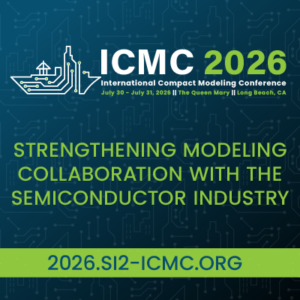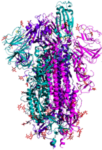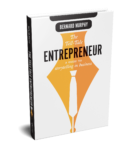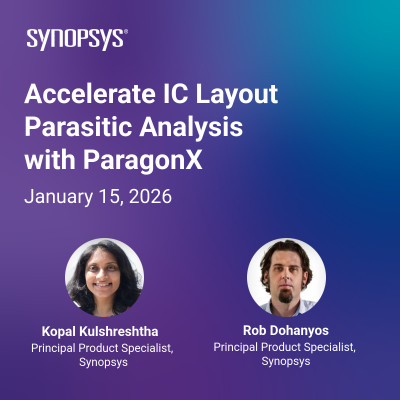You are currently viewing SemiWiki as a guest which gives you limited access to the site. To view blog comments and experience other SemiWiki features you must be a registered member. Registration is fast, simple, and absolutely free so please,
join our community today!
Mining assertions from constrained random simulations to localize bugs. Paul Cunningham (GM, Verification at Cadence), Jim Hogan and I continue our series on research ideas. Feel free to comment.
The Innovation
This month’s pick is Symptomatic bug localization for functional debug of hardware designs. This paper was presented… Read More
It hard to imagine design of a complex signal processing or computer vision application starting somewhere other than in MATLAB. Prove out the algorithm in MATLAB, then re-model in Simulink, to move closer to hardware. First probably an architectural model, using MATLAB library functions to prove out behavior of the larger system.… Read More
Can machine learning be combined with formal to find rare failures in analog designs? ML plus formal for analog – neat! Paul Cunningham (GM, Verification at Cadence), Jim Hogan and I continue our series on research ideas. Here an idea from analog simulation sampling. Feel free to comment.
The Innovation
This month’s pick… Read More
You may have heard of Folding at Home. It’s a very creative way that a bioengineering team, based at Washington University in St Louis, are modeling the process of protein folding. Greg Bowman, an associate professor of biochemistry and biophysics at the university directs the project and presented at Arm DevSummit this year. … Read More
Interpreting ISO 26262 without ambiguity is not always easy. Suppliers and integrators can read some aspects differently, creating confusion. Which is a problem since ISO 26262 has become so much a part of any discussion on automotive electronics that it has gained almost biblical significance. Yet most of us, even suppliers… Read More
Wondering what you might do to up your game this year? What about improving your communication skills? Soothing an angry client, trying to find appeal for a product that’s not exciting customers, or finding the right investor? Working through a growth challenge you under-estimated, or generating excitement in an audience you… Read More
I’ve become a bit of a connoisseur of voice-based control, so when Chris Rowen did a pitch on Babble Labs at Arm Dev Summit last month, I wanted to listen in. Chris was the CEO of Babble Labs, recently acquired by the Cisco Webex group where he’s now listed as VP Engineering of the Voice Technology Group. You should expect to see this… Read More
Paul Cunningham (Verification CVP/GM at Cadence) initiated our monthly Innovation in Verification blog to hunt for novel ideas in verification, breaking past the usual steady, necessary but undramatic pace of incremental advances. I attended a couple of sessions from DVCon Europe recently, and was encouraged to hear a couple… Read More
OpenFive is hosting a webinar with CEVA on November 12th to talk about how OpenFive’s vision platform, leveraging CEVA vision and AI solutions. Which can get you to a differentiated solution for your product with as much or as little silicon participation on your part as you want. I talked briefly to Jeff VanWashenova (CEVA Sr. Dir… Read More
When I think of verification IP (VIP), I think of something closely tied to a protocol standard – AMBA, MIPI or DDR for example. Something that will generate traffic and run protocol compliance checks, to verify correct operation of an IP or as a model to use in SoC verification. What would a VIP for systems be? Systems support multiple… Read More




















Quantum Computing Technologies and Challenges